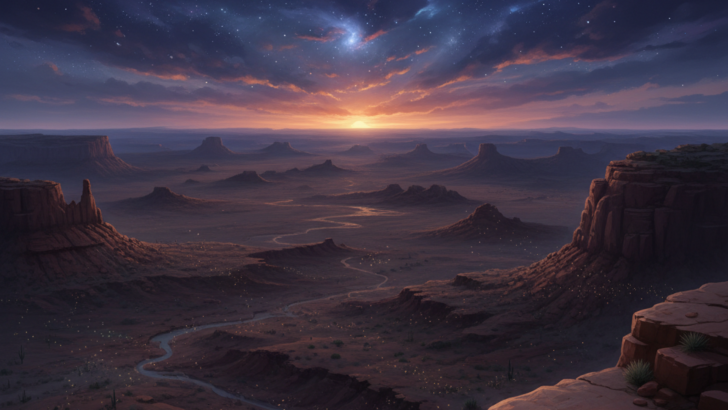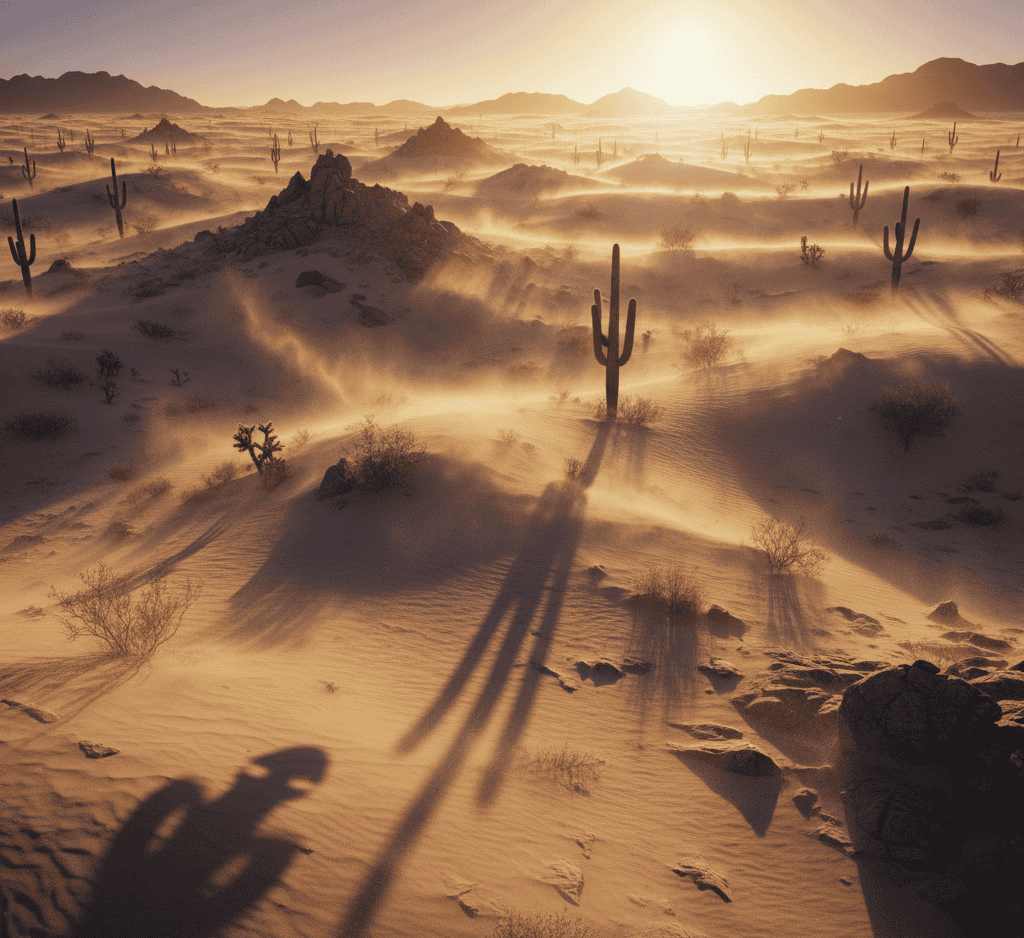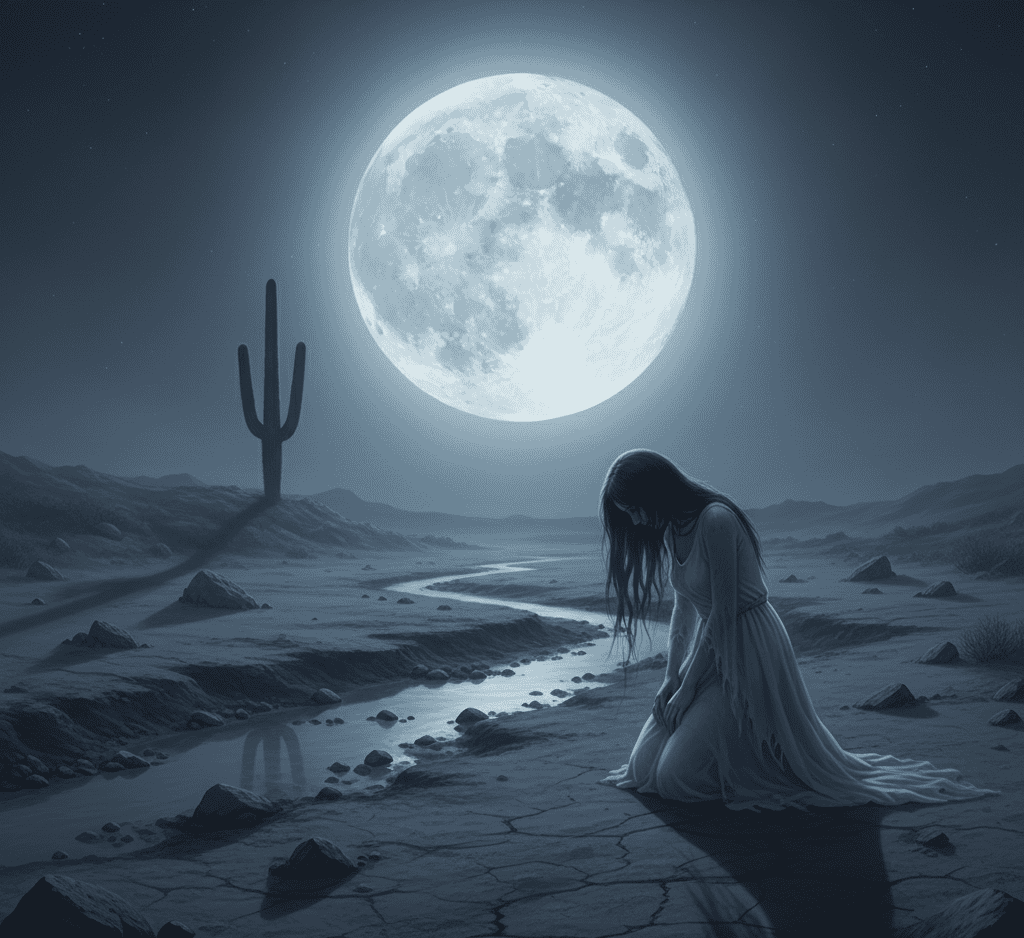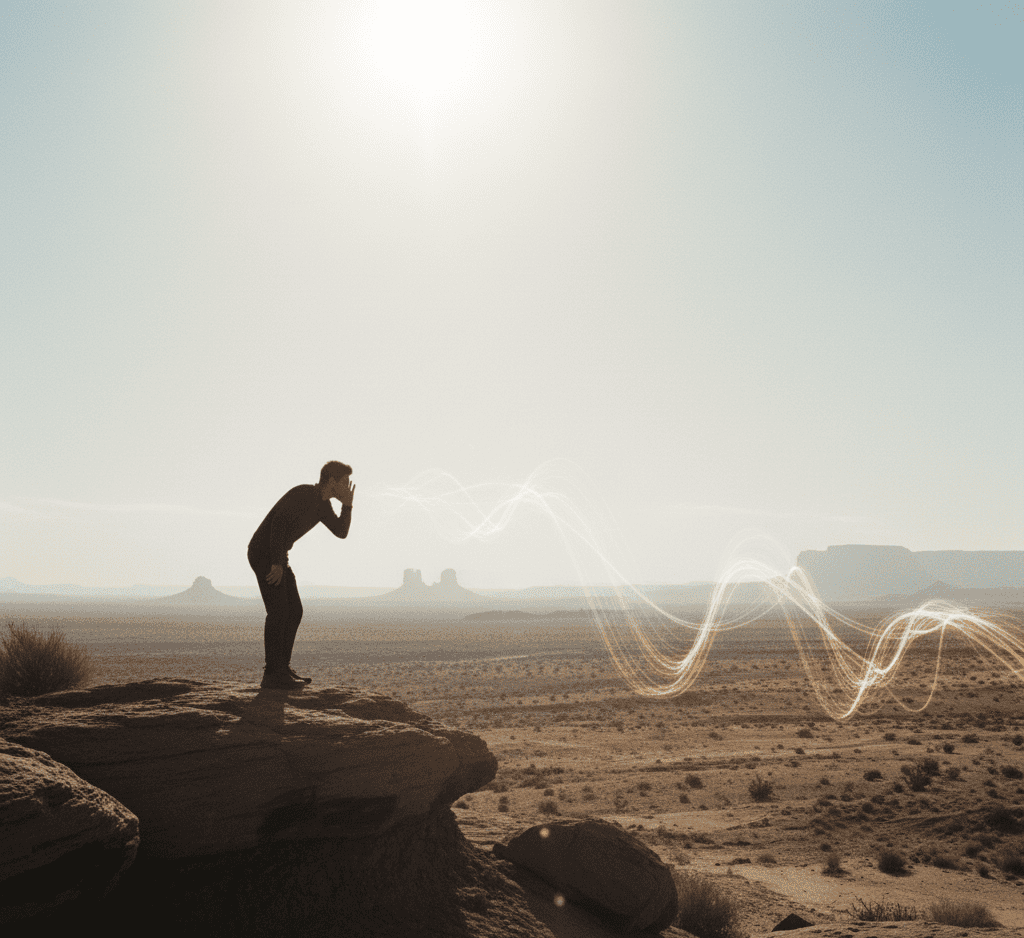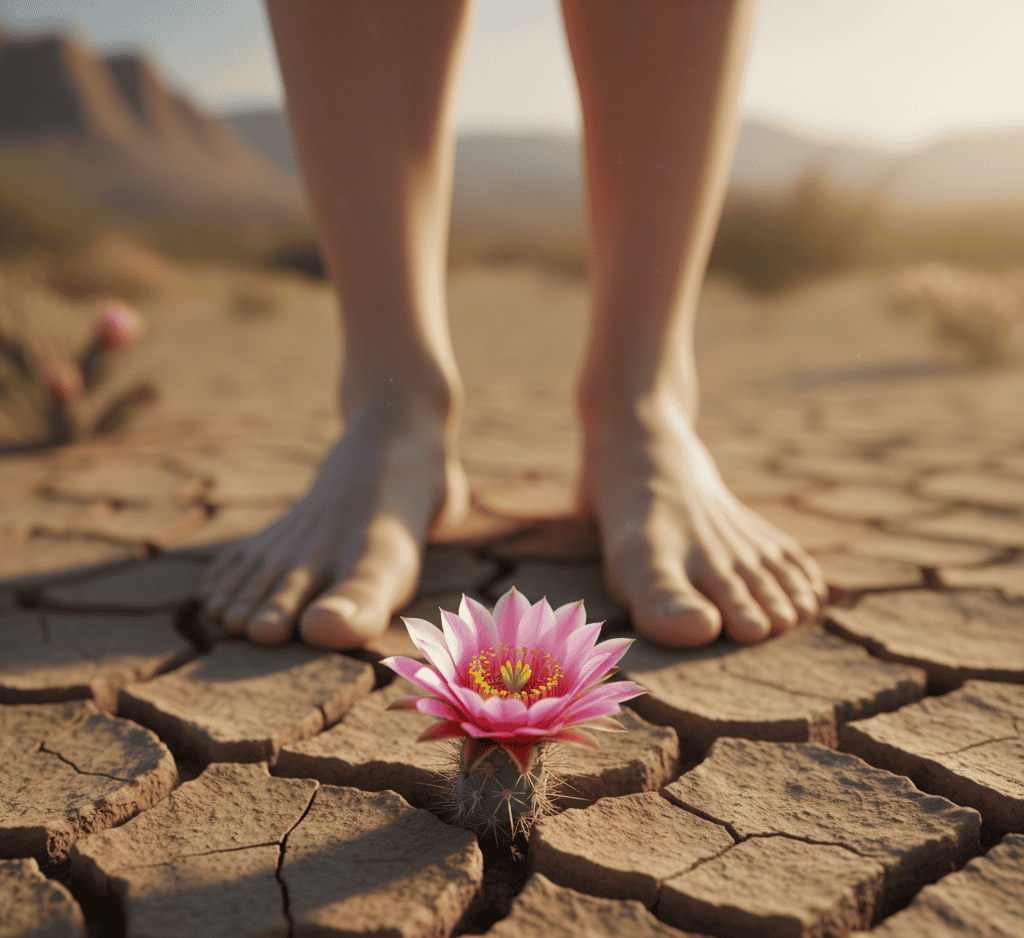The desert seems still at first glance. A sea of sand and stone stretching beneath an endless sky.
But if you’ve ever stood in the heat long enough, you know that the silence hums. The wind moves as if it’s breathing. The ground seems to remember every footstep.
In the American Southwest, many believe the desert isn’t empty at all; it’s alive. It listens, it watches, and sometimes, it even speaks.
The Land That Breathes
People who live close to the desert often say it has moods. There are days when the air feels gentle and kind, when the light turns everything gold, and the world seems at peace.
But there are other times when the wind lashes like an angry spirit and the sun burns as if it wants to erase everything in sight.
Old stories passed down by Native tribes speak of the desert as a living being – one that feels, remembers, and protects.
The Navajo call the land sacred and say that to walk upon it is to step into the body of something ancient.
The Hopi believe spirits called kachinas move through the rocks and dust, carrying messages from the ancestors.
Even cowboys and travelers who never claimed to believe in much say they’ve felt watched out there, as if the sand itself had eyes.
If you sit quietly, far from the highway noise, the desert begins to reveal itself. The wind shifts and the dunes seem to sigh.
You might hear whispers in the dry air or see dust twisting into shapes that almost look human.
It’s easy to understand why so many people believe the land is alive – because sometimes, it truly feels that way.
Spirits That Walk in the Sand
There are countless tales of desert spirits across the Southwest, each with its own flavor of mystery.
Some say the glowing lights that appear near old trails are the souls of wanderers who lost their way long ago.
Others tell of Skinwalkers—dark beings that can take the form of animals and roam the desert at night.
Then there are stories of La Llorona, the weeping woman who drifts along dry riverbeds, crying for her lost children when the moon is high.
But not every spirit is something to fear. Many are said to be guardians, protectors of sacred places, and travelers.
The Tohono O’odham people of Arizona tell of a spirit called I’itoi, the Elder Brother, who lives in the mountains and watches over the desert below.
He is both a guide and a test, rewarding those who respect the land and humbling those who don’t.
To outsiders, these stories might sound like folklore, but to those who grew up with them, they’re part of everyday life.
The desert doesn’t just hold spirits – it is one. Every cactus, rock, and gust of wind has its own personality, its own purpose.
You can’t rush it, and you can’t fight it. You can only learn to move with it.
When the Desert Speaks
If the desert is alive, then it has its own way of communicating. Travelers often report strange moments when they feel the land trying to say something.
A sudden stillness before a dust storm. A whisper of wind that sounds like words. The feeling that someone is walking behind you when there’s nothing there.
Some scientists might explain this as tricks of light, heat, and sound – mirages, echoes, or the mind playing games in isolation.
But even the most rational people sometimes admit that the desert has a strange power. It can make you feel small, but also deeply connected.
It strips away noise and distraction until all that’s left is you, the sky, and the pulse of the earth beneath your feet.
Many say that’s when the desert speaks. Not with words, but with feelings—an urge to pause, to listen, to remember that you’re a guest here.
The desert has survived for millions of years, outlasting storms, floods, and civilizations. It knows things.
And if you’re quiet enough, you might catch a glimpse of that ancient wisdom carried in the hot wind.
Lessons from a Living Land
The stories of the desert’s spirits aren’t just about fear or superstition. They’re about respect.
The people of the Southwest have always known that survival here depends on a balance between human and nature, body and spirit.
You can’t take from the desert without giving something back. You can’t ignore it without consequence.
That’s why so many traditions teach gratitude for water, reverence for mountains, and humility before the sun.
The land is alive, and it demands care. To walk across the desert is to walk through a living memory.
Every step is a conversation with the past, with those who walked before you, and with something far older than humanity itself.
Even now, when cars hum across highways and cities glow at night, the desert remains what it has always been – wild, mysterious, and alive in ways science can’t fully explain.
It hums under the stars and whispers through the sand, reminding anyone who listens that not everything sacred needs to be seen.
So the next time you find yourself standing in the heat of the desert, don’t rush to escape it. Let the silence surround you.
Feel the pulse beneath your feet. The spirits of the Southwest are still there – in every grain of sand, every shimmer of heat, every breath of wind.
The desert doesn’t just live. It remembers. And sometimes, if you’re lucky, it remembers you.

I always felt a strong connection to the Divine since my birth. As an author and mentor, my mission is to help others find love, happiness, and inner strength in the darkest of times.

